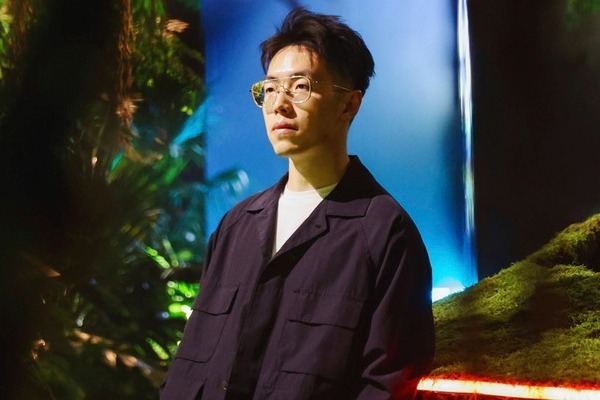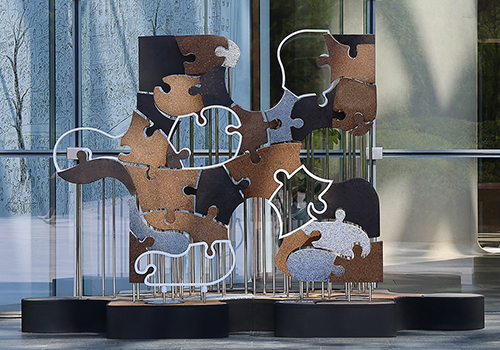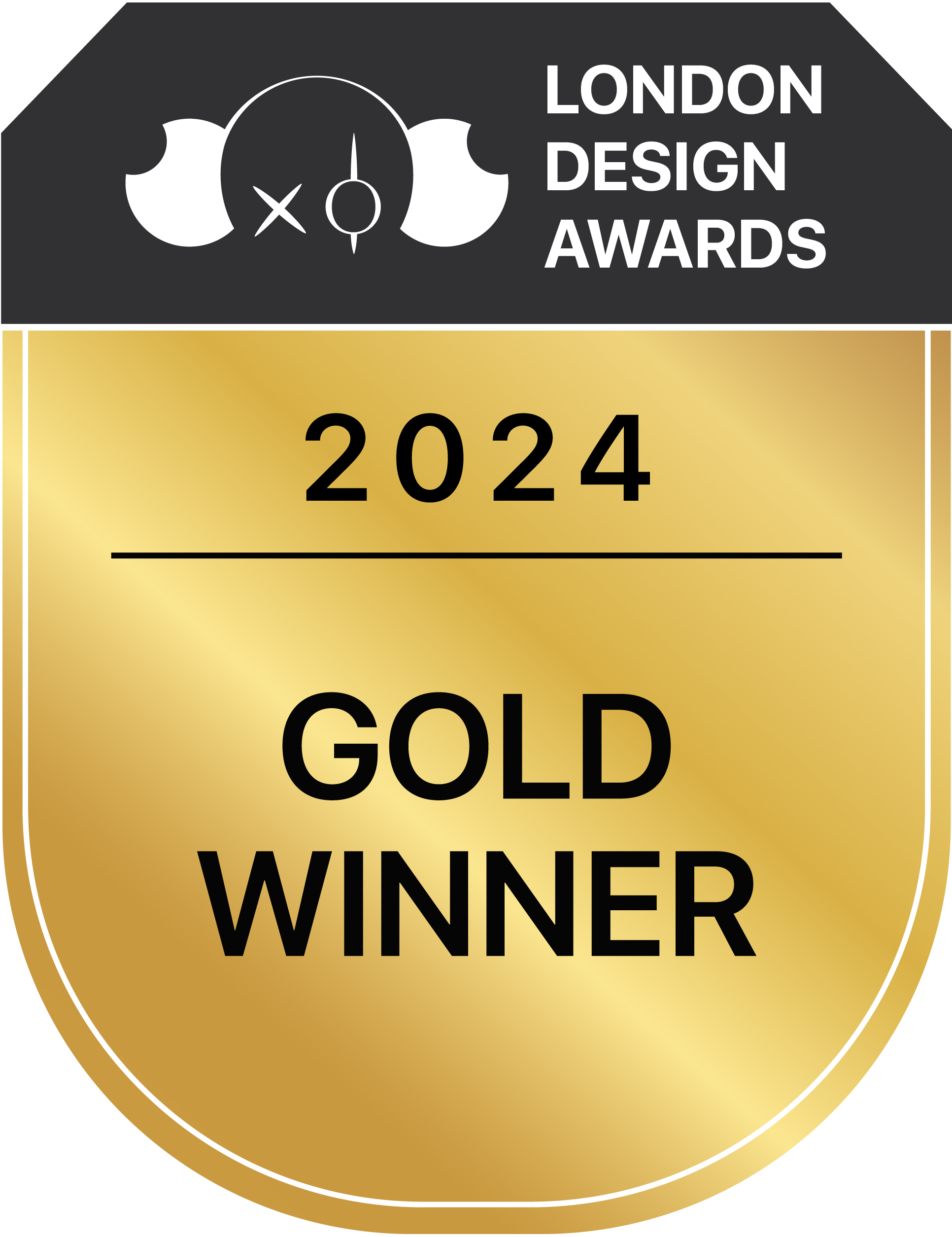
Bai Fan
1. Please give us a brief bio of yourself and your design background.
I’m Bai Fan, the founder of the brand WANGJIANXI. While I identify as both an artist and a designer, I see myself as someone who collects fragments of other people's lives and translates those valuable experiences, memories, and moments into highly expressive visual works. I have always been passionate about combining art with practicality, and I strive to create positive change in society and the environment through my creations.
2. What made you become/why did you choose to become a designer/artist?
Born into an artistic family, I was immersed in various art genres throughout my upbringing. The impressions they left on me are like alluring treasures displayed in a showcase, with each of us as shoppers reflecting on the glass windows. I aspire to collect the inner worlds of different individuals in my own "showcase."
My choice to become an artist and designer stems from my passion for creation. From a young age, I enjoyed using various materials to bring my ideas to life. I believe that art and design are not only forms of artistic expression but also effective means of solving practical problems.
3. Tell us more about your agency/company, job profile, and what you do.
My company is dedicated to providing comprehensive creative solutions for clients. As the founder, I am involved in the creative process and also responsible for team management, project management, and communication with clients to ensure that our solutions meet their needs and expectations.
4. What does “design” mean to you?
To me, design is the art of problem-solving. It enhances the quality of life by combining visual elements with functionality, conveying emotions and ideas. Design is not just about the pursuit of beauty; it is also a response to human needs.
5. What’s your favourite kind of design and why?
I am passionate about sustainable design. This type of design not only focuses on aesthetics and practicality but also takes into account environmental impact and social responsibility. It allows me to contribute to protecting the Earth while creating.
6. To you, what makes a “good” design?
I believe that “good” design should possess practicality, beauty, and sustainability. It should meet the needs of users, be visually appealing, and be environmentally friendly.
7. How did you come up with the idea for your award-winning design?
This idea stems from my concern for environmental protection and my observations of people's daily behaviours. I aim to raise awareness of environmental issues through public art, which is why I chose to use recyclable materials and green technologies to create installations that are both aesthetically pleasing and highly functional.
8. What was your main source of inspiration for this design?
The project draws inspiration from jigsaw puzzles, reflecting the intricate connections between individuals, society, and the environment. Each piece's movement influences the overall structure, highlighting individual and collective impacts within the circular economy.
9. Do you think your country and its cultural heritage has an impact on your design process?
The country’s social, economic, and cultural environments all exert influence on my design conception, which is mainly manifested in my thinking of society inspired by everyday life.
10. Congratulations! As the winner of the London Design Awards, what does it mean to you and your company and team to receive this award distinction?
It is of great significance for me to win this prize with international influence. It enables me to display my works and my thoughts on design worldwide and connects my work with the world.
11. Can you explain a bit about the winning work you entered into the London Design Awards, and why you chose to enter this project?
My winning work is an art installation called "Ecological Jigsaw," which I designed and created in collaboration with Genesis Beijing and eleven community businesses. This project focuses on material recycling and features a three-dimensional puzzle system made from recycled coffee grounds, tea leaves, waste paper, and wine corks.
I chose to enter this project because it not only showcases innovative design but also emphasises the importance of sustainability and community engagement in addressing environmental issues.
12. What were the main challenges you faced during the design process, and how did you overcome them?
One of the main challenges was coordinating with multiple community businesses and residents for material collection and participation. Additionally, crafting the recycled materials into the puzzle structure required precise design and engineering to ensure stability.
13. How do you think winning this award will impact your future as a designer?
The award represents a recognition of my work’s design concept and quality. It inspires me to pursue ceaseless breakthroughs and innovations.
14. What are your top three (3) favorite things about the design industry?
Firstly, I appreciate the collaborative nature of the design industry, where diverse perspectives come together to create innovative solutions. Secondly, I love the opportunity design provides to address pressing social and environmental issues. Lastly, the ever-evolving nature of design inspires continuous learning and adaptation, pushing me to explore new materials and technologies.
15. What sets your design apart from others in the same category?
What sets "Ecological Jigsaw" apart is its strong emphasis on community involvement and sustainable practices. The project not only utilises recycled materials but also engages local residents and businesses in the creation process. This collaborative effort fosters a sense of ownership and raises awareness about recycling and environmental stewardship. Additionally, the installation’s modular design enhances its practicality, making it easy to assemble, transport, and maintain.
16. Where do you see the evolution of design industry going over the next 5-10 years?
I believe the design industry will increasingly focus on sustainability and social impact. As more designers recognise the importance of eco-friendly materials and practices, we will see a shift towards circular economy principles. Furthermore, technology will play a significant role in design, with innovations in materials and fabrication methods allowing for more sustainable solutions. This evolution will lead to a design landscape that prioritises collaboration, community engagement, and environmental responsibility.
17. What advice do you have for aspiring designers who want to create award-winning designs?
Don’t be afraid to take risks and experiment with new ideas—some of the best designs emerge from bold creativity and a willingness to challenge the status quo.
18. What resources would you recommend to someone who wants to improve their skills in the design industry?
I recommend exploring a variety of resources, including online courses, workshops, and design conferences. Books on design theory, sustainability, and innovation are also invaluable.
19. Who has inspired you in your life and why?
My father is an artist. More than just art creation, his works help protect and inherit traditional culture. His style and aesthetics provided an inspiration for me, and his spirit and experience also inspired me to shape my own theory. Thus, I created a visual system totally different from traditional art.
20. Do you have anything else you would like to add to the interview?
"Ecological Jigsaw" exemplifies how collective efforts can lead to impactful solutions for our environment. Together, we can create designs that not only inspire but also contribute to a more sustainable future.

